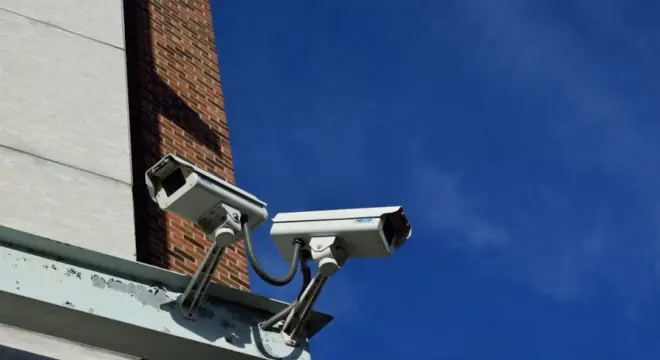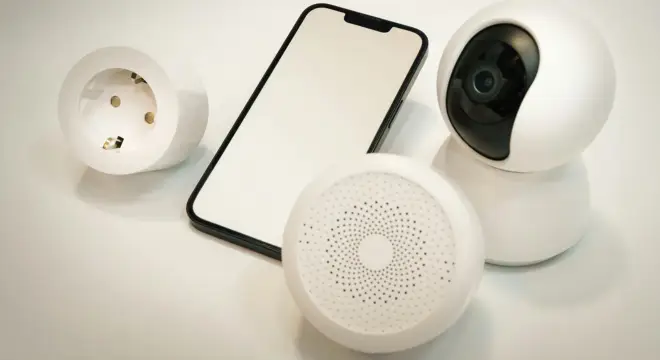Burglary by the Numbers: 11 Alarming Stats Every Homeowner Should See (2025)
You probably lock your doors at night. Maybe you even have a camera or an alarm app on your phone. But let me ask you something—how safe do you really feel when you leave your house during the day?
Most people think burglaries are random. Or that they only happen in bad neighborhoods. But the numbers tell a very different story—and if you own a home in 2025, you need to understand what’s actually going on.
I’ve spent hours digging through real FBI data, expert reports, and even posts from people who’ve been hit. The goal? To give you 11 burglary stats that aren’t just numbers—but clear warnings. These are patterns that burglars count on. And they reveal exactly where most homeowners are getting it wrong.
If you’re serious about protecting your space, this is where you start.
1. Burglary Rates Are Down—But That Doesn’t Mean You’re Safe
Let’s get the good news out of the way first.
Home burglaries in the U.S. have dropped by about 7.6% in the past year, with around 839,563 cases reported in 2023, according to Deep Sentinel’s breakdown of FBI data. That’s part of an overall downward trend since 2020.
But here’s the part most people miss: these are only the cases that were officially reported. They don’t include attempted break-ins, minor thefts, or homes where the owners didn’t even realize something had happened until much later.
Even with the drop, that still means over 2,000 homes are being burglarized every single day.
The real risk isn’t just in the numbers—it’s in the false sense of security they create. When people hear “crime is down,” they get careless. They forget to lock the side gate. They leave a window cracked open in the kitchen. And burglars take full advantage of that comfort zone.
So yes, the stats might look better. But the risk? It’s still very real.
2. A Home Is Broken Into Every 25 Seconds
Think break-ins are rare? They’re not even close.
In the U.S., a home burglary happens roughly every 25 to 30 seconds. That means by the time you finish reading this article, dozens of homes will be broken into—daylight, suburb, city, doesn’t matter.
What’s worse is that many people assume it won’t happen to them because they live in a “quiet area.” But burglars aren’t just looking for high-crime zones—they’re looking for easy targets. And quiet neighborhoods often mean fewer witnesses and slower police response.
It’s not about fear. It’s about facts. If you own a home and haven’t reviewed your security setup recently, you’re taking a bigger gamble than you think.
3. Most Burglaries Happen During the Day—Not at Night
It’s one of the most common assumptions: burglars sneak in under cover of darkness, late at night, when everyone’s asleep.
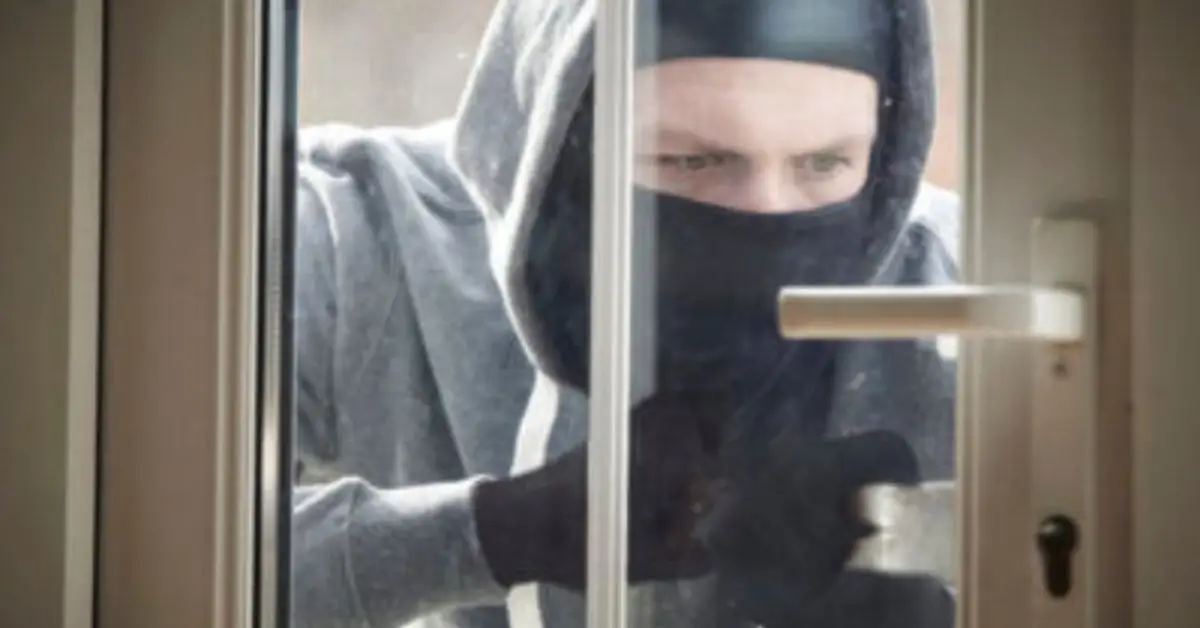
But that’s not how it usually happens.
Nearly 65% of home burglaries happen between 6 a.m. and 6 p.m.—broad daylight, while you’re at work, at the gym, or running errands. Burglars aren’t looking for confrontation. They’re looking for an empty house and a fast exit.
Mid-morning to early afternoon is prime time for break-ins. And in neighborhoods where homeowners assume “this never happens here,” burglars often walk right through an unlocked side door or force a quick entry in under 30 seconds.
This stat alone should shift how you think about home security. It’s not about leaving a light on at night—it’s about what you’re doing to protect your home while you’re gone during the day.
If your alarm system is only armed when you sleep, you’re doing it backwards.
4. Summer and Holidays See the Biggest Spikes
If you’ve ever left town for a long weekend or a holiday trip and felt a little uneasy—turns out, you had good reason.
Burglaries spike during summer months, especially in July and August, when families are away on vacation. The second big surge? December through early January, when homes are full of gifts and people are distracted by holiday routines.
These are the periods when burglars are most active. They know which houses are likely empty. They watch for social media travel posts. They even look for mail piling up or lights that haven’t changed in days. Before heading out, make sure you’ve checked these 10 essential steps to keep burglars out while you’re away—even small changes can make a big difference in how secure your home looks.
It’s not random. It’s strategic.
That’s why simple things—like using smart plugs to control lights or asking a neighbor to move your bins—can go a long way. The goal isn’t just to protect your stuff. It’s to make your home look lived in, even when you’re not there.
Because if your house stands out as empty, it stands out as easy.
5. Most Burglars Use the Front Door
Movies might show burglars climbing in through skylights or sneaking down chimneys, but real life is way more boring—and way more obvious.
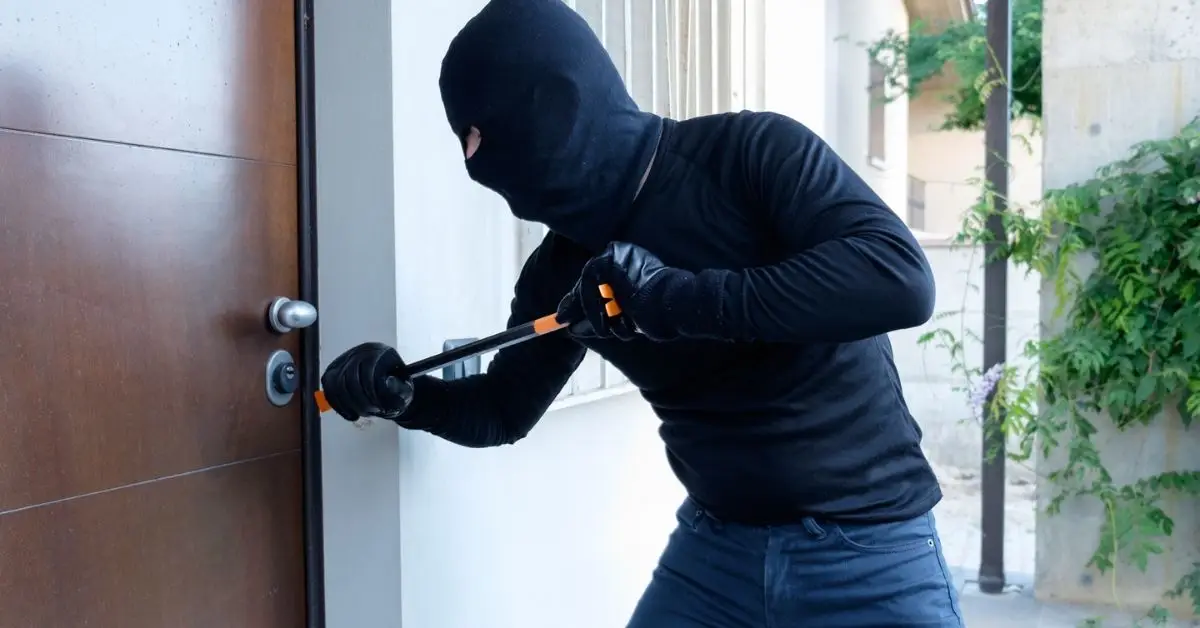
About 34% of burglars enter through the front door, while another 22% use the back door. Ground floor windows? That’s another 23%. And here’s the kicker—nearly 1 in 3 burglaries don’t even involve forced entry. The door was simply unlocked.
Burglars want speed and simplicity. If they can just walk in or pop a cheap lock with a screwdriver, they will.
That’s why your home security doesn’t start with cameras—it starts with basic things: reinforced doors, deadbolts, smart locks, and habits. If your front or back door can be kicked open in two seconds, no sensor is going to save you in time.
Think of your doors and windows like a test. If you make it easy, they’ll pass with flying colors.
6. Over Half of Burgled Homes Get Hit Again Within a Month
One of the most disturbing patterns in burglary data is this: if your home gets broken into once, there’s a good chance it’ll happen again—soon.
In fact, a study cited by SafeWise found that over 50% of burgled homes are targeted again within six weeks, and many of those within the first month.
Why? Because burglars know your weak spots. They know how you responded—what you replaced, what you didn’t. Sometimes they even know when your temporary security setup gets taken down. It’s low-risk, high-reward for them.
And if it wasn’t the same person, it may have been someone they told.
The big takeaway here isn’t just to recover—it’s to reinforce immediately. Upgrade locks, change routines, add outdoor visibility, and avoid broadcasting the break-in online unless your security’s already been overhauled.
Once your house is on the radar, you can’t afford to leave it as-is.
7. Only 13% of Burglary Cases Ever Get Solved
You might think calling the police after a break-in will lead to some kind of closure. In most cases, it won’t.
Only 13% of reported burglaries in the U.S. are ever solved. That means nearly 9 out of 10 cases don’t lead to an arrest, recovery of stolen items, or any real follow-up.
Why so low?
Simple: there are usually no witnesses, no surveillance, and no obvious evidence left behind. Unless your neighbor saw something or you’ve got a clear video, chances are the case will sit cold.
This stat isn’t meant to scare you—it’s meant to shift your mindset. Prevention is everything. Because once a burglar walks away with your stuff, there’s a good chance you’ll never see it again.
Smart security doesn’t stop with theft—fire preparedness is just as crucial, and often overlooked in emergency planning.
Your best protection isn’t in waiting for help. It’s in making sure they never get in.
8. Most Burglars Are Young, Local—and Watching You
Forget the Hollywood version of high-tech thieves in black masks. Most burglars are young males, often under 25, and many of them live within a few miles of the homes they target.
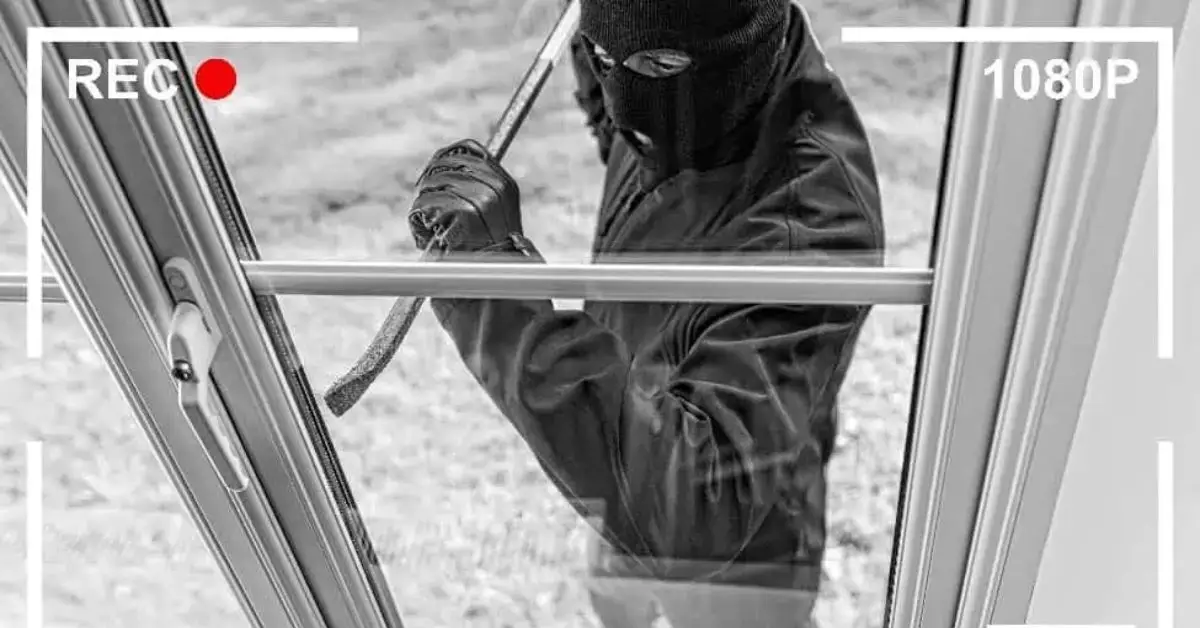
According to Reolink’s behavioral data on break-ins, about 41% of burglars act on impulse, with little to no planning. But here’s what’s even more important: over 80% check for visible security systems before deciding whether to go ahead. And around 60% will walk away if they see one.
That means your deterrents—cameras, stickers, motion lights—are often more powerful than you think. But only if they’re actually visible and believable.
These aren’t sophisticated masterminds. They’re scanning for easy wins. If your house looks watched, monitored, or difficult to enter quickly, they’re more likely to move on to the next one.
Security starts with how your home looks from the outside—especially to someone walking by who’s already thinking like a thief.
9. The Average Break-In Lasts Less Than 10 Minutes
Most burglaries are over in 8 to 10 minutes. That’s how fast it takes for someone to enter your home, grab what they want, and vanish before anyone even notices.
And the damage? It’s not small.
The average financial loss from a home burglary is between $2,200 and $2,600. In some cases—especially during the day when no one’s home—that number jumps much higher, particularly if electronics, jewelry, or identity documents are stolen.
The speed is what makes it dangerous. By the time a neighbor hears something or you get a motion alert, the job may already be done.
This is why response time matters more than alarm volume. Whether it’s a monitored system, instant mobile alerts, or even just smart neighbors you’ve talked to, you need something that kicks in fast—because the thief won’t stick around for long.
It’s not just about stopping them. It’s about shortening the window of opportunity before they disappear.
10. Package Theft and Car Burglaries Are Tied to Home Break-Ins
Burglaries don’t always start with someone breaking down your door. Sometimes, it begins with a stolen package. Or a quick look inside your unlocked car.
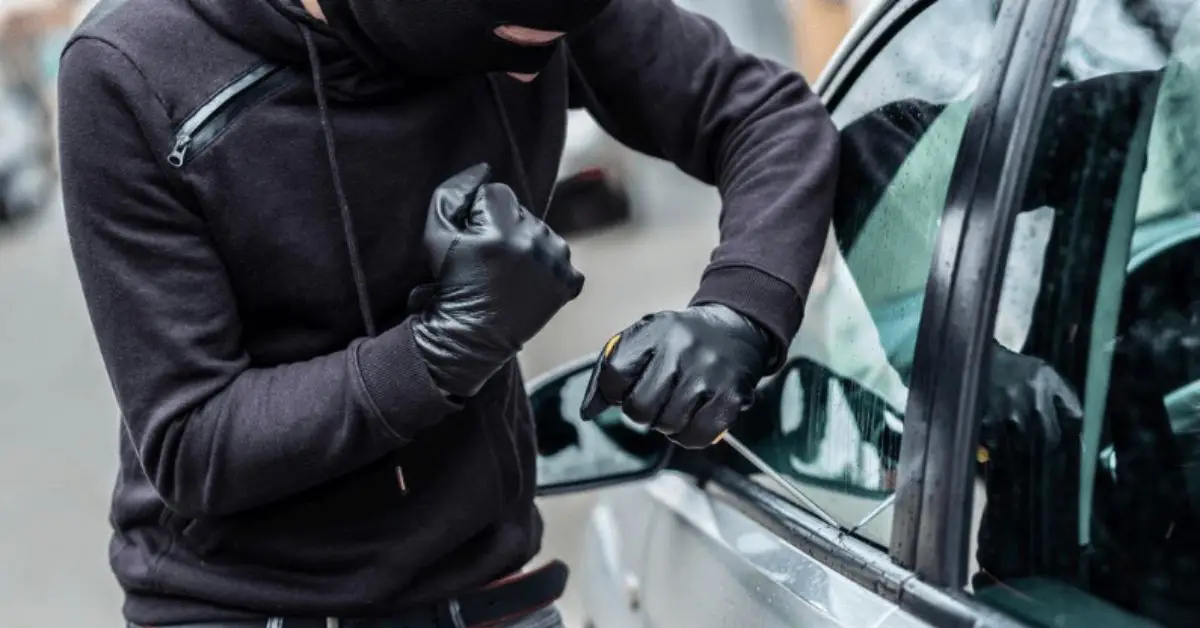
According to a report by The Sun, organized burglary groups often start by scoping neighborhoods for unattended deliveries or cars. It’s low-risk and gives them a preview of your routines—when you’re home, when you’re not, how easy your property is to move through. And while you’re securing your porch, don’t forget to unplug these 10 devices before a trip—it’s safer and can even save you money.
It’s all connected. If someone steals a package off your porch and no one notices, that’s a test. If your car gets ransacked overnight without cameras or lights picking it up, that’s data.
Many full-scale burglaries are preceded by small crimes like these. They’re watching how you respond—or if you respond at all.
So don’t ignore “minor” thefts. They’re often step one in something bigger.
11. By 2039, 75% of U.S. Homes Could Experience a Break-In
This isn’t just about what’s happening now—it’s also about where things are heading.
Based on long-term crime projections cited, nearly 3 out of 4 U.S. homes could be burglarized at least once by 2039. That’s not fear-mongering—it’s simple math based on existing burglary rates and patterns.
If you’re thinking, “That won’t be me,” you’re not alone. Most people feel the same… until it happens.
The truth is, break-ins aren’t just crimes—they’re patterns. And unless something about your setup makes your home look harder than the one next door, you’re still in the pool of potential targets.
The projection isn’t meant to scare you. It’s meant to remind you that security isn’t something you add after something happens. It’s what keeps you off that future stat line in the first place.
How to Actually Protect Your Home (Beyond Just Locking the Door)
Stats don’t matter if they don’t lead to action. So here’s what really works—based on what law enforcement, security pros, and real homeowners say actually deters burglars:
- Reinforce your doors and windows: Cheap locks and hollow-core doors are a gift to thieves. Start there.
- Use visible deterrents: Motion lights, security signs, doorbell cams. Most burglars leave when they see risk.
- Automate your routine: Smart plugs, timers, and apps can make it look like someone’s home—even when you’re not.
- Talk to your neighbors: This still works. A trusted neighbor watching your porch is better than a late camera alert.
- Secure your car and porch: Package theft and car snooping often come before a full break-in. Don’t ignore them.
- Review your habits: Do you always arm your alarm when leaving for 20 minutes? You should.
Security isn’t about paranoia. It’s about preparation. And if a few changes now save you from becoming another stat later, it’s more than worth it.
Before You Go—One Question Every Homeowner Should Ask
You’ve seen the numbers. You know the patterns. And chances are, you’ve already thought, “I should really do something about this.”
The question is: Will you act now, or wait until something happens?
Because burglars aren’t guessing. They’re picking targets based on habits, signals, and how easy your home looks compared to the next. And in 2025, those patterns are clearer than ever.
Here’s what I want you to do next:
Take 10 minutes today—just 10—and walk around your home like a stranger would. Look at your front door, side gate, garage, porch, and windows. What would you try first if you were looking to get in fast?
That quick mental reset might change everything.
And now I’ll ask you:
What’s one thing you’re going to upgrade, fix, or rethink this week?
Drop it in the comments—or share this with someone who needs a nudge to stop assuming “it won’t happen to me.”
For more expert tips, security guides, and real strategies that actually work, visit Build Like New.
Disclaimer: The information in this article is for educational purposes only and does not constitute legal or security advice. Always consult certified professionals for personalized home security solutions.

